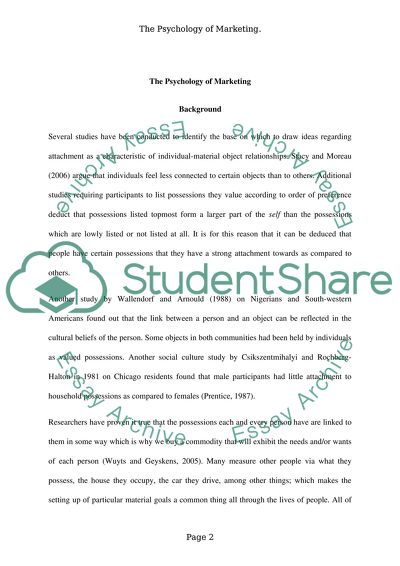Cite this document
(“The Psychology of Marketing Essay Example | Topics and Well Written Essays - 2000 words - 2”, n.d.)
The Psychology of Marketing Essay Example | Topics and Well Written Essays - 2000 words - 2. Retrieved from https://studentshare.org/marketing/1459298-the-psychology-of-marketing
The Psychology of Marketing Essay Example | Topics and Well Written Essays - 2000 words - 2. Retrieved from https://studentshare.org/marketing/1459298-the-psychology-of-marketing
(The Psychology of Marketing Essay Example | Topics and Well Written Essays - 2000 Words - 2)
The Psychology of Marketing Essay Example | Topics and Well Written Essays - 2000 Words - 2. https://studentshare.org/marketing/1459298-the-psychology-of-marketing.
The Psychology of Marketing Essay Example | Topics and Well Written Essays - 2000 Words - 2. https://studentshare.org/marketing/1459298-the-psychology-of-marketing.
“The Psychology of Marketing Essay Example | Topics and Well Written Essays - 2000 Words - 2”, n.d. https://studentshare.org/marketing/1459298-the-psychology-of-marketing.


